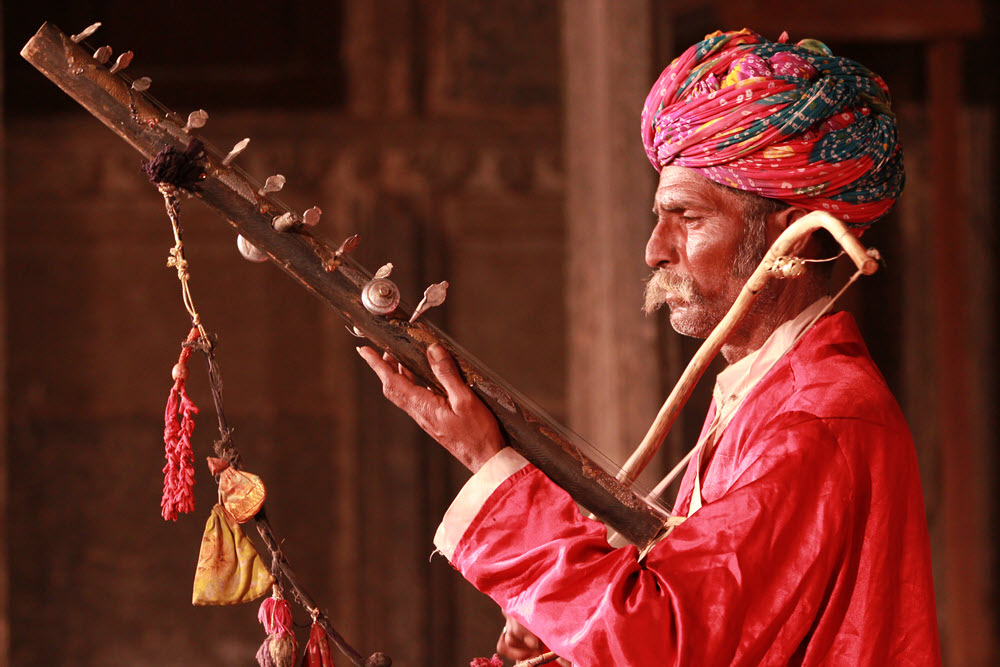Classical Indian music is a rich and ancient art form that has evolved over thousands of years. Rooted in spirituality and culture, it is considered one of the world’s oldest musical traditions. There are two major schools of classical Indian music: Hindustani and Carnatic.
Hindustani music is prevalent in North India, while Carnatic music is popular in South India. Despite regional differences, both share common foundational principles, including the concept of raga and tala.
A raga is a melodic framework that sets the mood and emotion of a piece. It consists of a specific sequence of notes and their characteristic phrases. Each raga evokes a distinct sentiment and is associated with a specific time of day or season.
Tala, on the other hand, is the rhythmic cycle that governs the music. It is a recurring pattern of
beats and measures, providing a rhythmic structure for the performance. The combination of raga and tala allows for spontaneous improvisation, a hallmark of classical Indian music.
The performance of classical Indian music is often centered around a soloist, accompanied by various instruments. Typical Hindustani musical instruments are the sitar, sarod, tabla and harmonium. Carnatic instruments commonly include a veena, violin, mridangam and ghatam.
The songs that accompany Carnatic music are largely devotional and are about Hindu deities.
It is known for its Kriti singing with less scope for improvisation than the Khayal singing that goes with Hindustani music which involves elaborate improvisations and emotive expressions.
Traditionally, the transmission of classical Indian music is through the Guru-Shishya Parampara, a system where knowledge is passed down from teacher to disciple. Students undergo rigorous
training, learning not only the technical aspects but also the philosophy and spiritual essence of the art.

Classical Indian dance forms that accompany Indian music are deeply connected to religious rituals, temple traditions, and storytelling. The dance repertoire usually follows a structured format that includes a sequence of movements, expressions, and storytelling techniques. The dancers often depict stories from Hindu ancient texts like the Ramayana and Mahabharata, as well as other mythological tales, historical events, and folklore.
Each dance style has its distinct music and costume. The dancers wear vibrant and elaborate traditional attire, adorned with intricate jewellery, bells, and other accessories that complement the rhythm and movements of the dance.
One of the significant aspects of classical Indian dance is its emphasis on mudras, or hand gestures. These gestures convey a myriad of emotions and represent various elements of nature, characters, and feelings. The fluid movements, precision, and synchronization of the dancers are awe-inspiring but require years of dedicated training and practice.
Since the advent of the Mumbai based Bollywood film industry in the 1970s, Filmi music and dance have become very popular. The song Jai Ho, which was composed for the 2008 film Slumdog Millionaire, won an Academy Award and was popular around the world. Dance routines in Hindi films are group based and energetic. The choreography takes inspiration from Indian folk dances, classical dances like kathak, as well as disco.
When you come to the 31st World Congress you will not only hear a range of music from around India and see a variety of traditional dances, you will also get a chance to try out your own Bollywood dance moves at the Desi Disco!
Book your tickets for the ISHRS Bollywood Blast Gala!